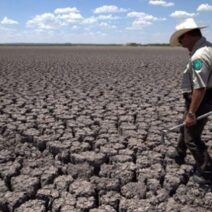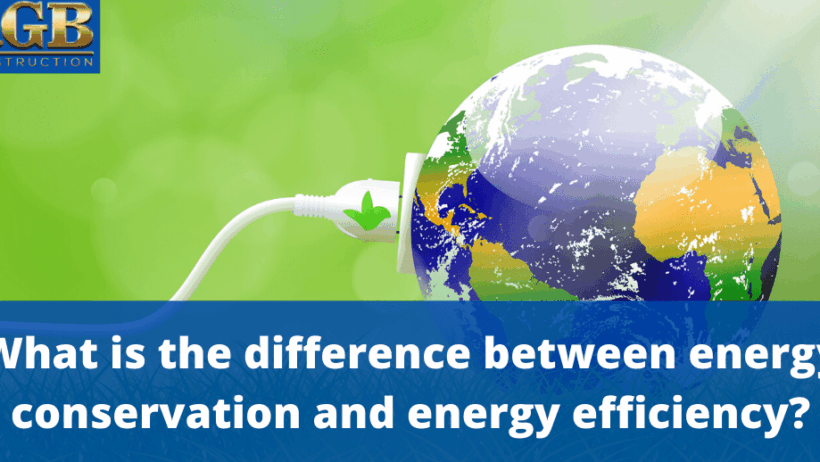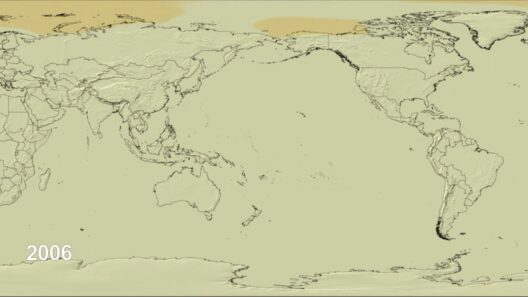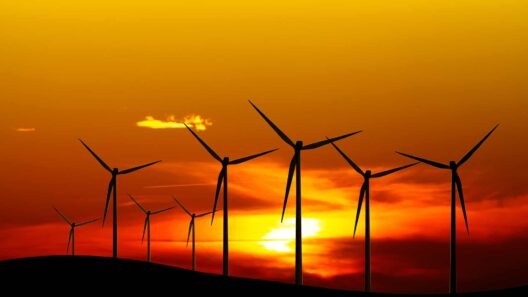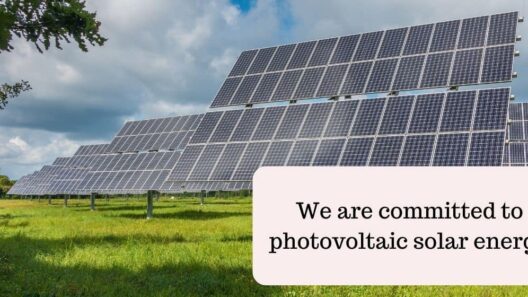In an era where the ramifications of climate change are omnipresent, the concepts of energy conservation and the conservation of energy have ascended in significance. While they might seem synonymous at first glance, they embody distinct philosophies that guide our approach toward sustainable living. Understanding these nuances is crucial for anyone seeking to engage in meaningful environmental stewardship.
The term “energy conservation” refers to efforts aimed at reducing energy consumption through more efficient use of resources. This can manifest in various ways, such as utilizing energy-efficient appliances, optimizing industrial processes, or even simple lifestyle changes like switching off lights when leaving a room. The core of energy conservation lies in the deliberate reduction of energy usage—it’s about doing more with less. By changing habits and leveraging technology, individuals and organizations can significantly curtail their utility bills, all while contributing to the overarching goal of reducing greenhouse gas emissions.
In contrast, the “conservation of energy” is a principle rooted deeply in the laws of physics. It postulates that energy cannot be created or destroyed; rather, it can only change forms. This fundamental concept, known as the First Law of Thermodynamics, denotes that the total energy of an isolated system remains constant. It elucidates that when energy is transformed—from kinetic to potential, for instance—it remains conserved within the system. Thus, while energy can take on multiple forms, the sum total remains unchanged. This scientific principle is pivotal, as it underlines the importance of efficient energy transfer and conversion processes within various applications, from renewable energy systems to traditional electricity generation.
To illustrate these differences more vividly, consider a household setting. When a family opts to install LED lighting instead of incandescent bulbs, they engage in energy conservation. The switch reduces the amount of electricity consumed for lighting, yielding lower energy bills and a smaller carbon footprint. This act exemplifies the practical application of reducing energy utilization without sacrificing quality of life.
Conversely, if the household measures its total energy expenditure and finds that it outputs 1000 kWh in a month but only generates 800 kWh from solar panels, it is confronted with the laws governing the conservation of energy. In this case, understanding the interplay of energy generation, storage, and consumption is essential. The family must then evaluate methods to improve energy efficiency further and perhaps invest in a battery system to maximize the utility of their renewable energy resources.
Now, let us delve deeper into the implications of these concepts. Energy conservation techniques can play a transformative role on a macro-scale, impacting city planning, public policy, and even international energy agreements. When societies commit to minimizing their energy consumption, they pave the way for more sustainable development, lower emissions, and enhanced energy security. Governments and organizations promote initiatives such as retrofitting buildings to meet energy-efficient standards or subsidizing renewable energy technologies, all aimed at fostering a culture of conscientious energy use.
On an individual level, awareness and education around energy conservation unleash a domino effect. When one person alters their behavior and reduces energy consumption, it has the potential to inspire others. The ripple effect can catalyze community-wide initiatives, leading to substantial reductions in overall consumption patterns. Public awareness campaigns play a crucial role in shifting perspectives, transforming what was once seen as a costly inconvenience into a civic duty.
Conversely, while energy conservation focuses on minimizing usage, the conservation of energy emphasizes understanding and optimizing existing energy flows. By recognizing that energy must always be accounted for, individuals can better appreciate the importance of sustainable practices. For example, a school curriculum that integrates principles of energy conservation and physics helps students grasp both theoretical and practical aspects of energy use. This dual approach can foster the next generation of environmentally-conscious citizens equipped to tackle global energy challenges.
Moreover, the realm of renewable energy epitomizes the intersection of these two ideas. Wind farms and solar energy installations are designed to convert naturally occurring energy forms into consumable power. Yet, the success of these systems relies heavily on understanding the conservation of energy principles to enhance efficiency, reduce waste, and ensure that the energy generated meets the demands of our society. The challenge lies not just in harnessing these natural resources, but in doing so in a manner that remains cognizant of the energy equation.
Ultimately, the distinction between energy conservation and the conservation of energy elevates our understanding of how we interact with our environment. One is a call to action, a mandate for individuals and communities to recognize their role in mitigating energy excesses. The other is a fundamental scientific principle reminding us that in the quest for energy efficiency, we must respect the immutable laws of nature. Together, these concepts offer a comprehensive framework for navigating the complexities of modern energy dilemmas.
As we forge ahead in an age of rising energy demands and climatic challenges, it becomes imperative to embrace both pathways. By cultivating a culture that prioritizes energy conservation while grounding our actions in the enduring reality of energy conservation, we might just be able to achieve a balance that safeguards our planet and ensures a sustainable future for generations to come.
In conclusion, the differentiation between energy conservation and the conservation of energy unveils a new layer of understanding in our approach to environmental stewardship. By recognizing these distinct yet interconnected ideas, we open doors to innovative solutions that address today’s pressing energy challenges. It is through this lens that we can foster a lasting commitment to both personal and collective responsibility toward energy and, by extension, our shared environment.


